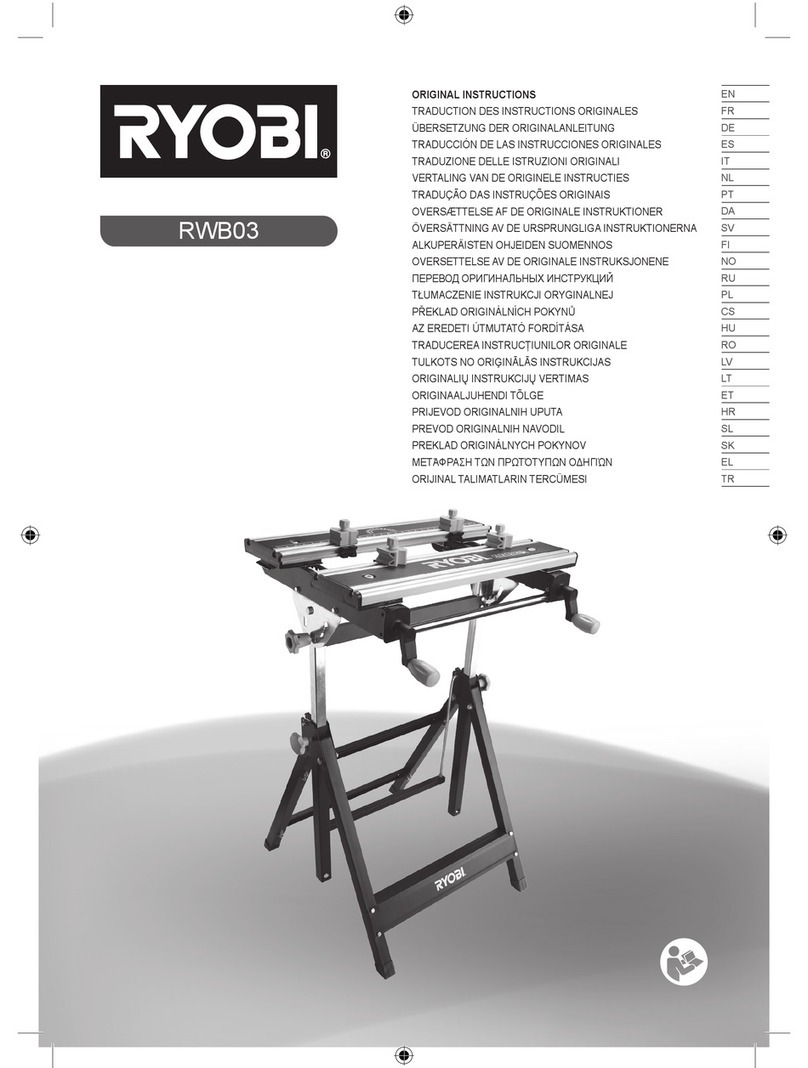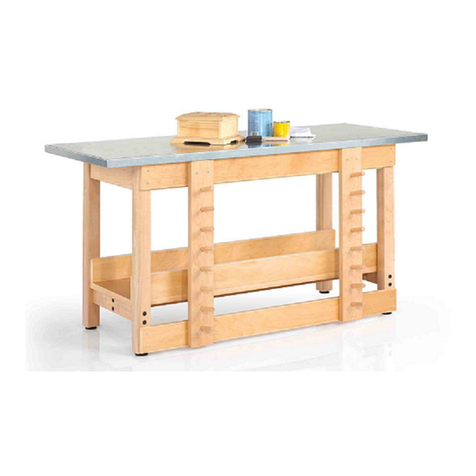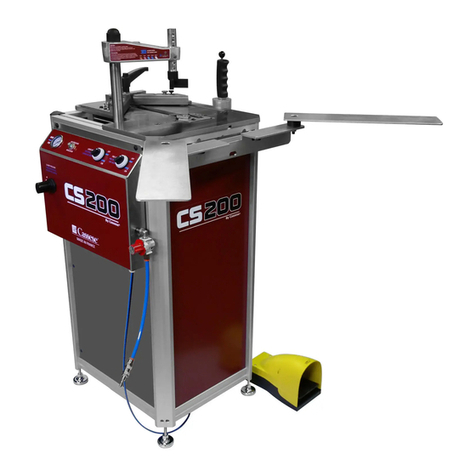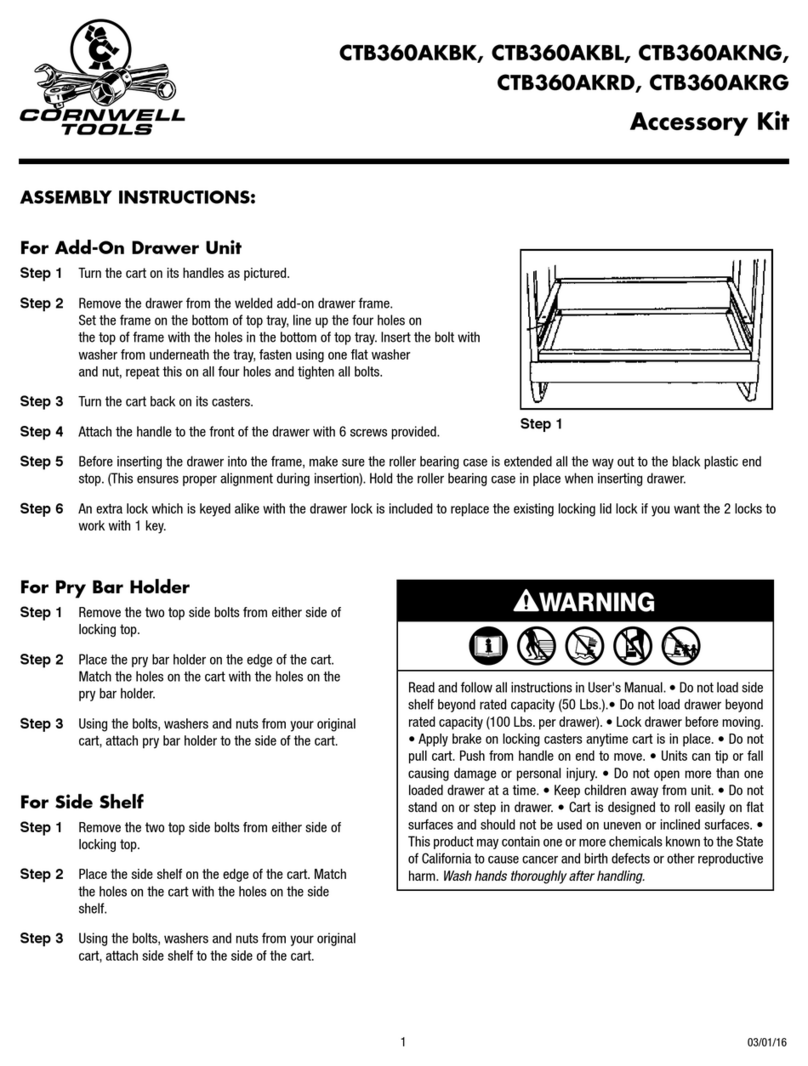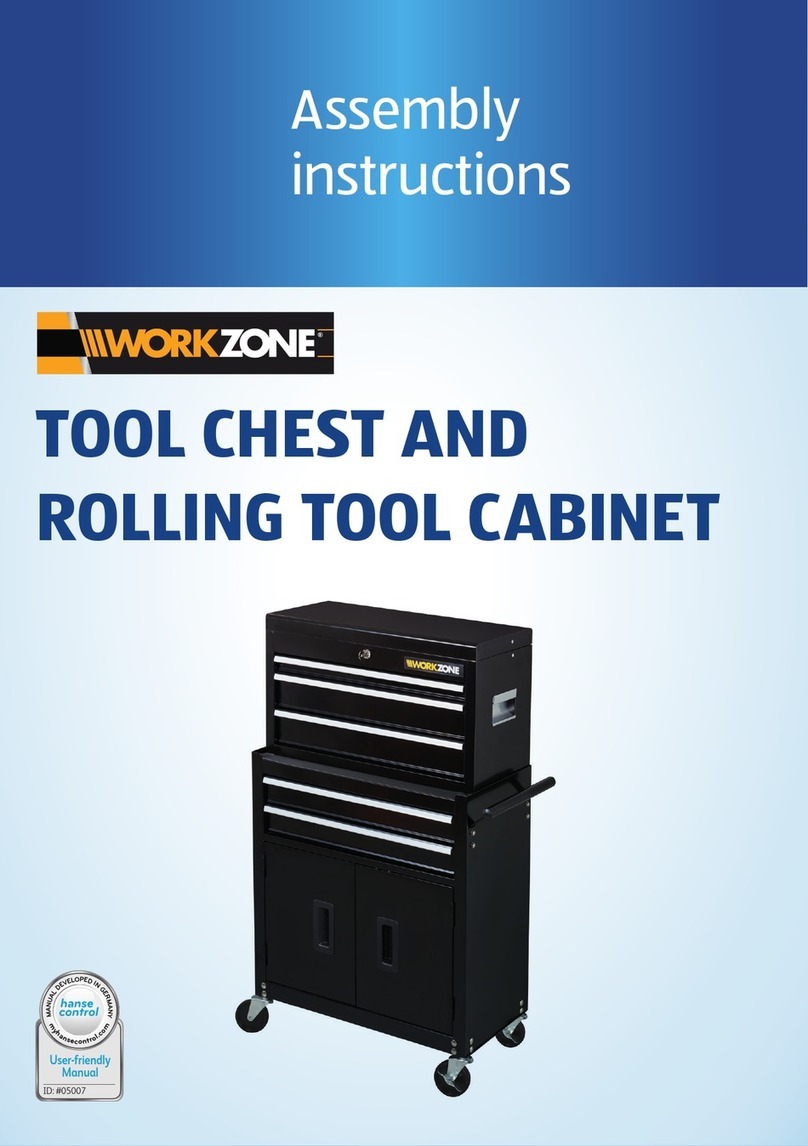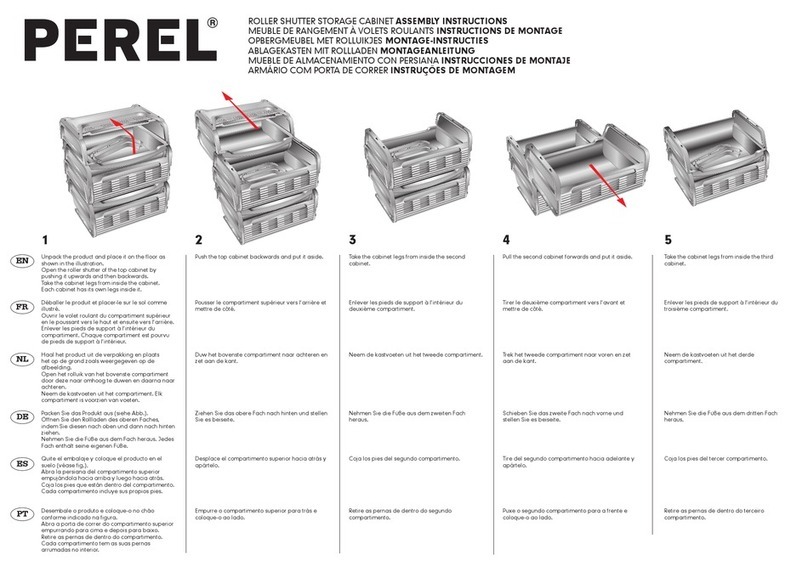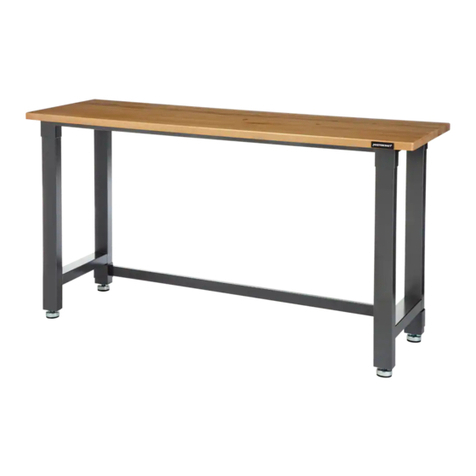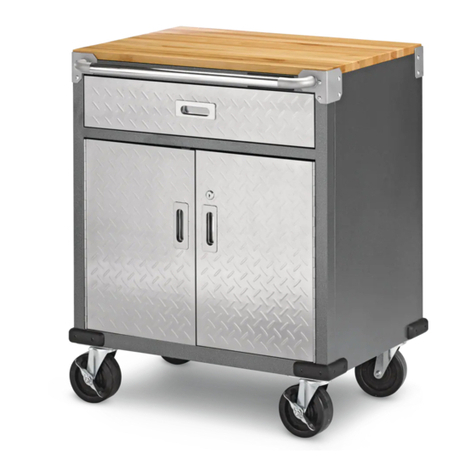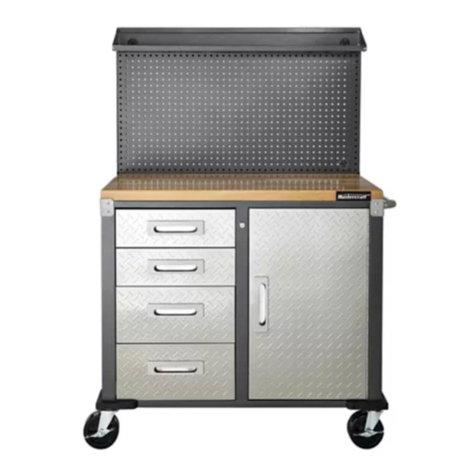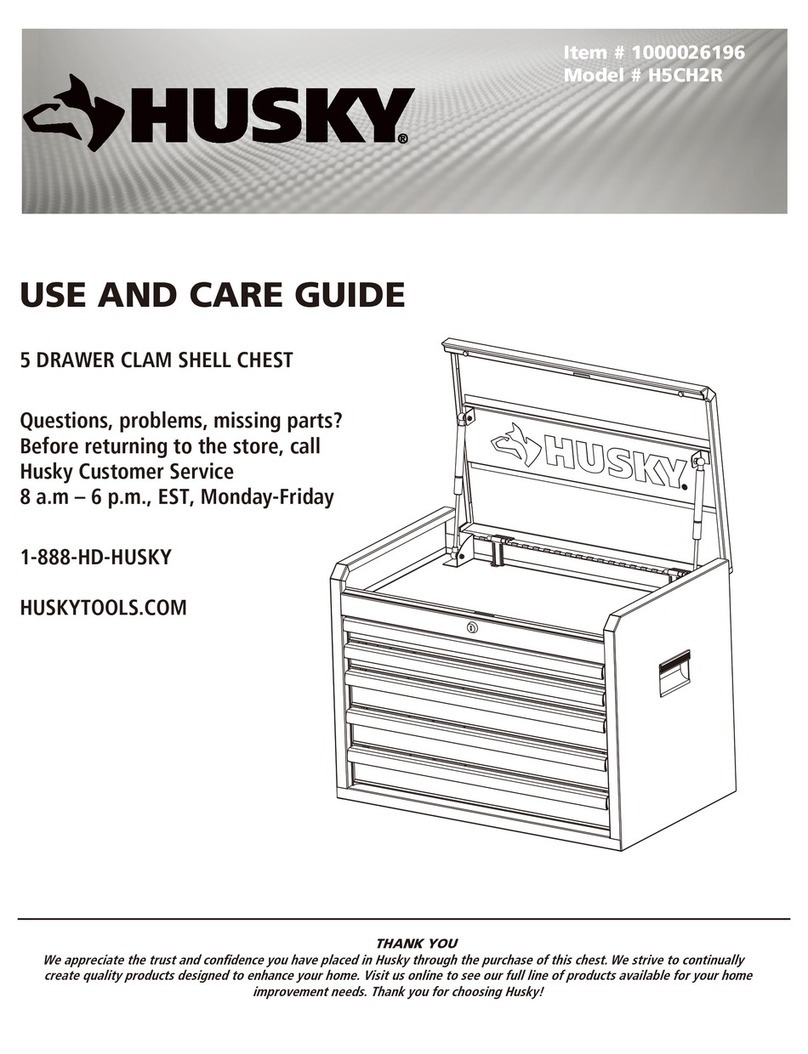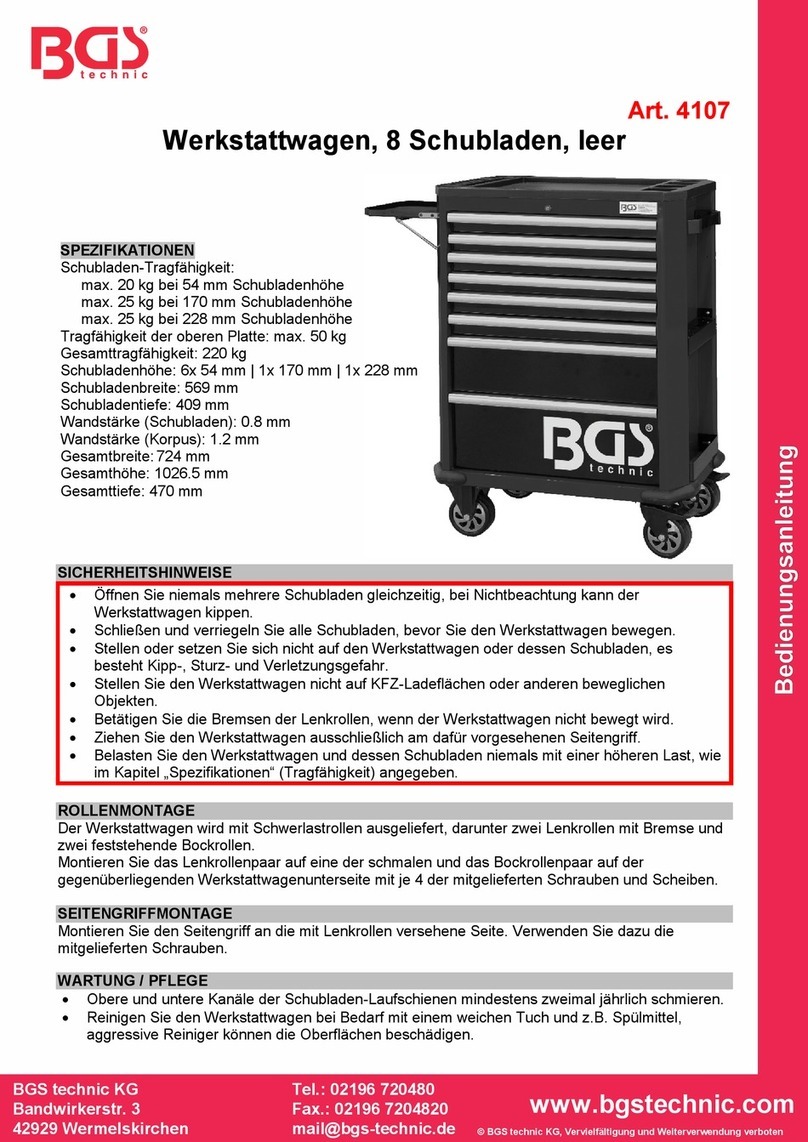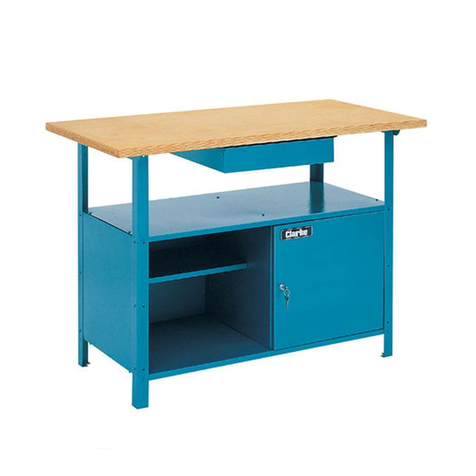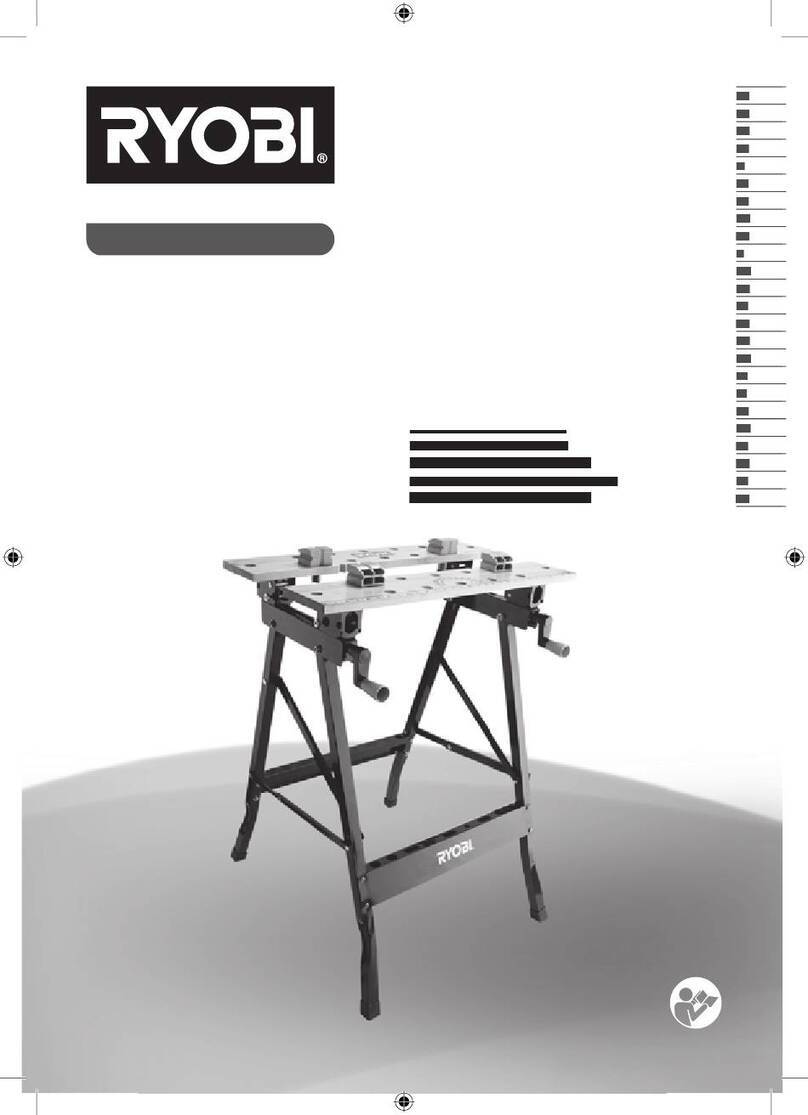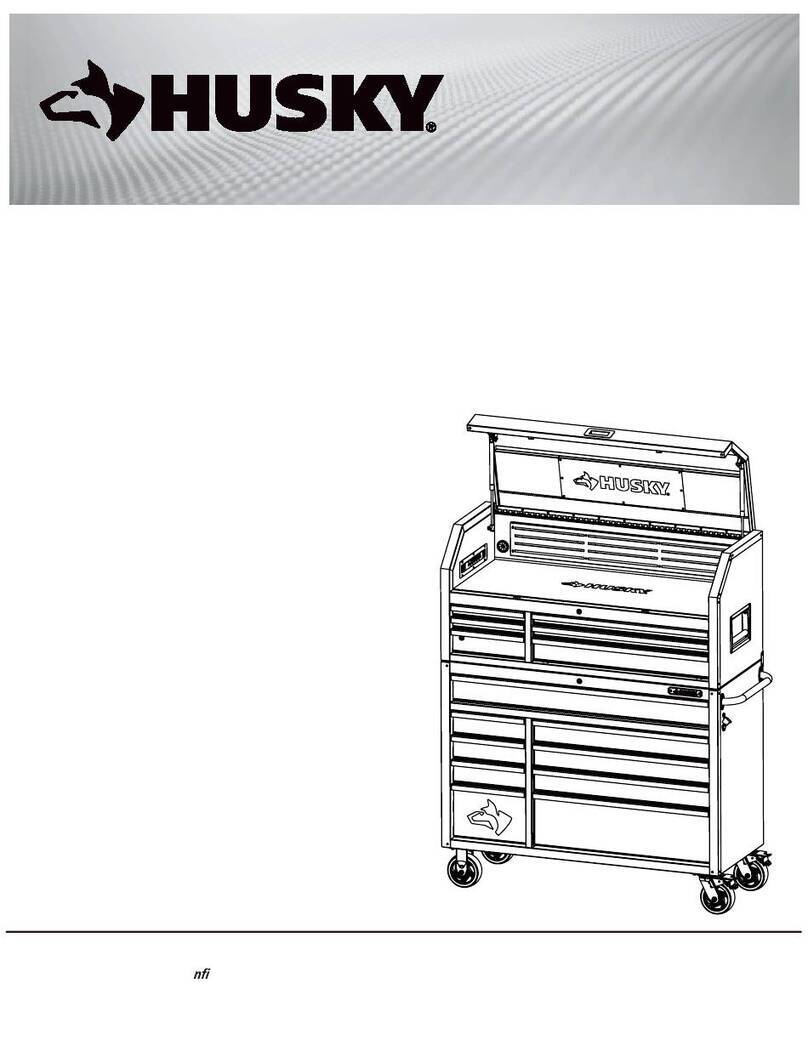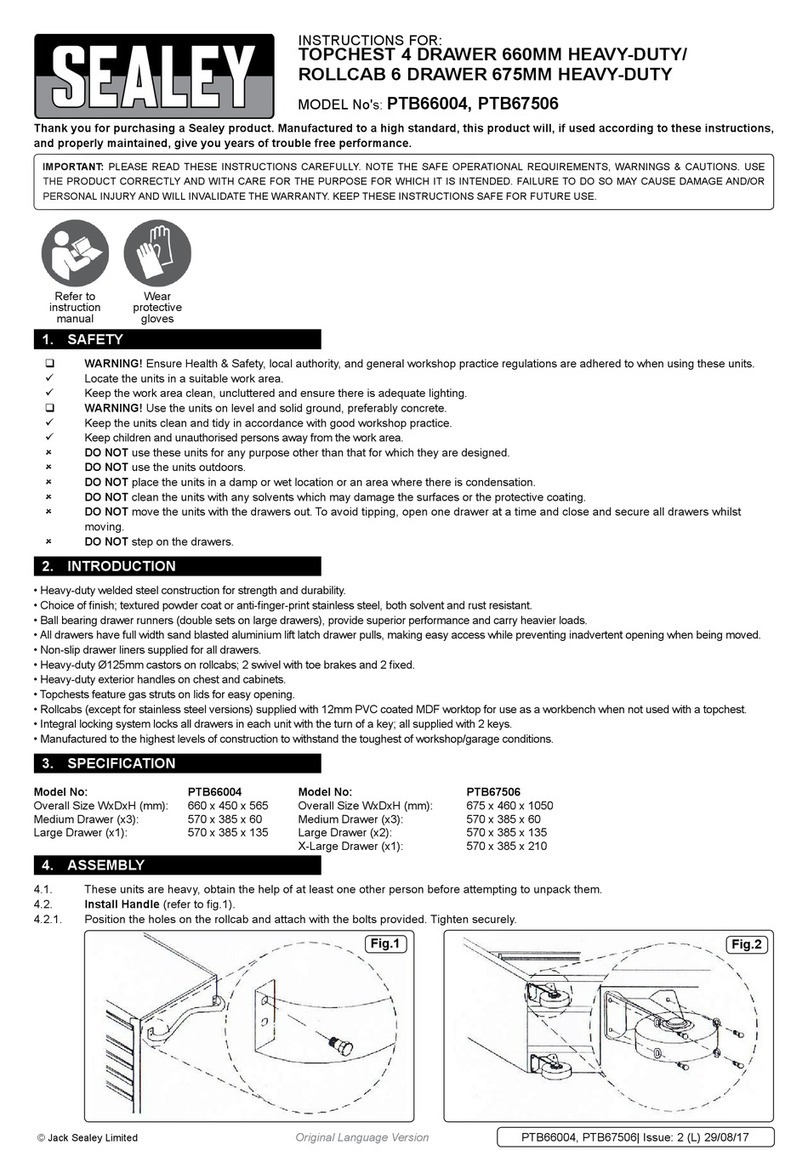
headline bars
continuation tabs
notes
warnings
headline bars
continuation tabs
notes
warnings
headline bars
continuation tabs
notes
warnings
model no. 054-6841-4 | contact us 1-800-689-9928
6
• Keep the work area clean. Cluttered areas and benches invite accidents.
• Don’t use in a dangerous environment. Don’t use power tools in damp or wet locations or
expose them to rain. Keep the work area well lighted.
• Keep children away. All visitors should be kept a safe distance from the work area.
• Make the workshop childproof with padlocks and master switches, or by removing
starter keys.
• Don’t force the tool. It will do the job better and more safely when used at the rate that it was
designed to work at.
• Use the right tool. Don’t force a tool or attachment to do a job that it was not designed to do.
• Use the proper extension cord. Make sure your extension cord is in good condition. When using
an extension cord, be sure to use one that is heavy enough to carry the current that your product
will draw. An undersized cord will cause a drop in line voltage, resulting in loss of power and
overheating. Table 1 shows the correct size to use, depending on cord length and nameplate ampere
rating. If in doubt, use the next heavier gage. The smaller the gage number, the heavier the cord.
Table 1: Recommended size of extension cords
Amperage rating of the tool (120 V
circuit only)
Total length of the extension cord
25' (7.6 m) 50' (15.2 m) 100' (30.4 m) 150' (45.7 m)
More than Not more than Minimum Gauge for the extension cord (AWG)
0 6 18 16 16 14
6 10 18 16 14 12
10 12 16 16 14 12
12 16 14 12 Not recommended
• Wear proper apparel do not wear loose clothing, gloves, neckties, rings, bracelets, or other
jewellery that can get caught in moving parts. Non-slip footwear is recommended. Wear
protective hair covering to contain long hair.
• Always use safety glasses. Also use a facemask or dust mask if the cutting operation is dusty.
Everyday eyeglasses only have impact resistant lenses. They are not safety glasses.
• Secure the workpiece. Use clamps or a vise to hold the workpiece when practical. It’s safer
than using your hand and it frees both hands to operate the tool.
• Don’t overreach. Keep proper footing and balance at all times.
• Maintain tools with care. Keep tools sharp and clean for the best and safest performance.
Follow instructions for lubricating and changing accessories.
• Disconnect tools before servicing and when changing accessories, such as blades,
bits, cutters, and the like.
• Reduce the risk of unintentional starting. Make sure the switch is in the off position before
plugging the tool into an electrical outlet.
• Use recommended accessories. Consult the instruction manual for recommended
accessories. The use of improper accessories may cause a risk of injury to persons.
SAFETY GUIDELINES
